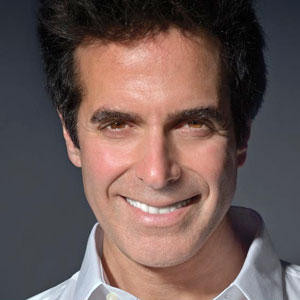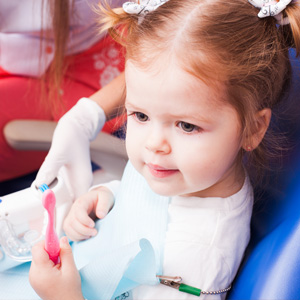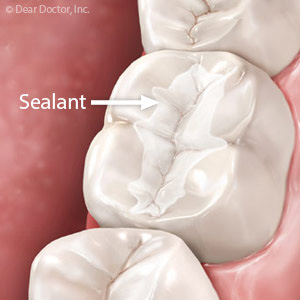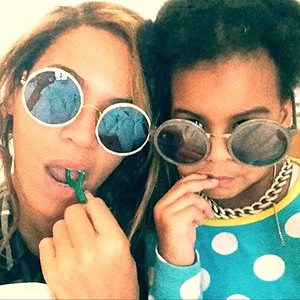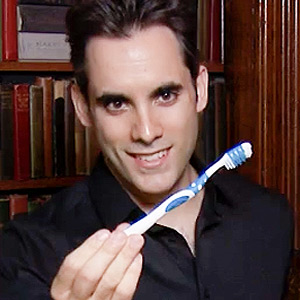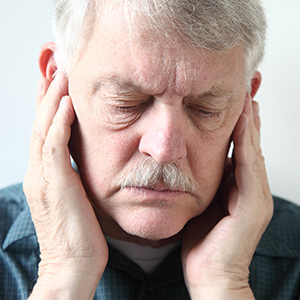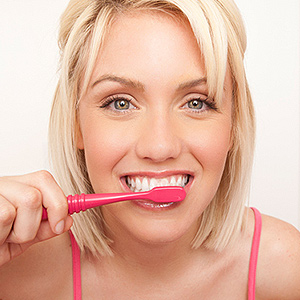

For most of us, brushing and flossing is a routine part of daily life. But has it become such a routine that you may not be getting the most out of your daily regimen?
First, let’s be clear about what you’re trying to accomplish with these two important hygiene tasks, which is to remove as much accumulated dental plaque as possible. This thin film of bacteria and food particles is the primary cause for both tooth decay and periodontal (gum) disease.
So how can you tell if you’re effectively cleaning dental plaque from your teeth? Here are 4 ways to check your brushing and flossing skills.
The tongue test. Move your tongue across the surface of your teeth, especially at the gum line, immediately after brushing and flossing. “Plaque-free” teeth will feel smooth and slick. If you feel any grittiness, though, you may be missing some plaque.
Floss check. For a similar effect after your daily hygiene take a fresh piece of floss and run it up and down your teeth. If the teeth are clean and you are using un-waxed floss, the floss should “squeak” as you move it up and down.
Disclosing agents. You can also occasionally use a plaque disclosing agent. This product contains a solution you apply to your teeth after brushing and flossing that will dye any leftover plaque a specific color. Disclosing agents are handy for uncovering specific areas that require more of your future hygiene attention. And don’t worry—the dye is temporary and will fade quickly.
Dental visits. For the ultimate test, visit your dentist at least twice a year. Not only can dental cleanings remove hard to reach plaque and calculus (hardened tartar), but your dentist or hygienist can evaluate how well you’ve been doing. Consider it your “final exam” for oral hygiene!
Be sure to also ask your dental provider for tips and training in better brushing and flossing. Becoming more effective at these critical tasks helps ensure you’re keeping your teeth and gums free of disease.
If you would like more information on best oral hygiene practices, please contact us or schedule an appointment for a consultation. You can also learn more about this topic by reading the Dear Doctor magazine article “Daily Oral Hygiene: Easy Habits for Maintaining Oral Health.”

